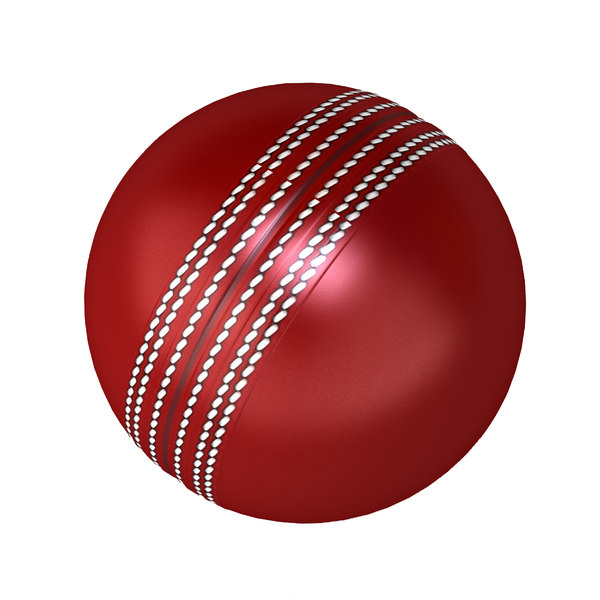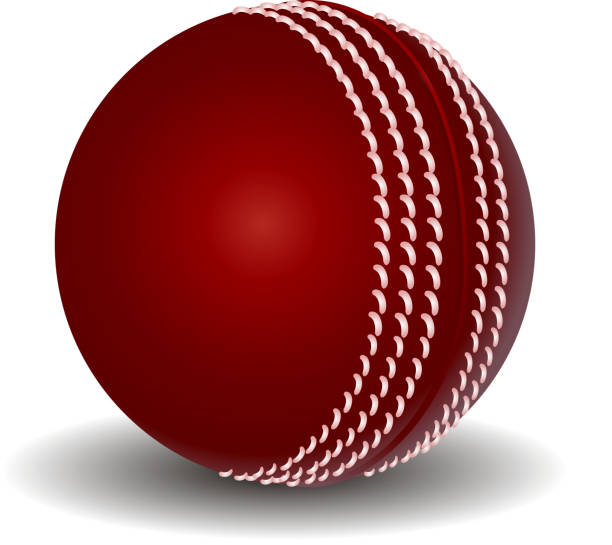How To Know Whether Your Cricket Ball Is Good, Or Too Old And Should Be Thrown Away?
This post will discuss how to know when your cricket ball is good or too old and should be thrown away. We will look at some different ways of determining if your cricket ball is good and give you tips on what to do with it if it’s not up to par.
1. If the ball is too soft then it will not bounce properly.

The ball should be firm enough so that when hit, there should be no dent in its surface at all. It needs to have some rigidity and firmness to it or else you won’t get any energy transfer from your hand onto the bat handle which helps power through those big drives off front foot shots over mid-wicket boundary lines! That said; don’t let this guide dictate what kind of balls are best for each position because they vary based on personal preference as well (e.g., if someone likes swinging hard).
2. If the ball is too hard then it will not be as effective for spin bowlers.
On the other hand, if the cricket ball is too hard then it won’t be as effective for spin bowlers. The ball needs to have some give so that when it hits the pitch, it will grip and skid on contact. This also means that you don’t want a ball that is too soft because it won’t bounce properly and will be difficult to control. It's important to find the perfect balance so that your cricket ball can travel at optimum speeds and still grip the ground well.
Read More About: The 5 Key Components Of A Cricket Ball
3. If the ball has a tear or cracks then it needs replacing

The stitching on cricket balls can come undone over time, which is why you need to check for tears and cracks before using them in matches. It may be too late when this happens because once stitches come loose from one side of leather coverings; there’s nothing left holding everything together any more!
If you want to avoid having any issues with your cricket ball and ensure that it doesn't get damaged during play, inspect all sides carefully (including edges) after every use, so there aren't any unseen tears or nicks hiding under layers of grass stains etcetera-especially if they have been sitting around outside exposed overnight where critters could nibble away seams while you're fast asleep.
4. If the ball has a dent or split in it then throw away this cricket ball.

The leather on your cricket balls can be damaged by being struck, which is why you need to check them after each game and look for dents, splits or even holes in the material. If there are any of these signs - no matter how small-just toss out that particular piece entirely because damage like this could cause irreparable harm during play if left unchecked!
You should also pay close attention when handling older models as well; since they may have been repaired before so do not assume everything will work just fine without making sure first hand yourself beforehand instead of relying solely upon someone else's word alone (e.g., an expert).
Read More About: How To Clean Your Cricket Ball
Conclusion:
Knowing when to replace your cricket ball is just as important as knowing how to play the game itself in Australia! By following these tips, you can make sure that you are using a ball that is in good condition and won't cause any problems during gameplay. Remember to always inspect your cricket ball for damage before each use and replace it if necessary. Thanks for reading!

